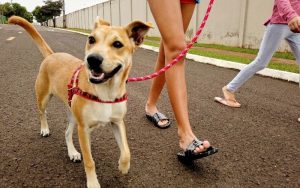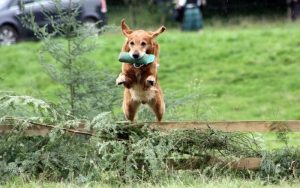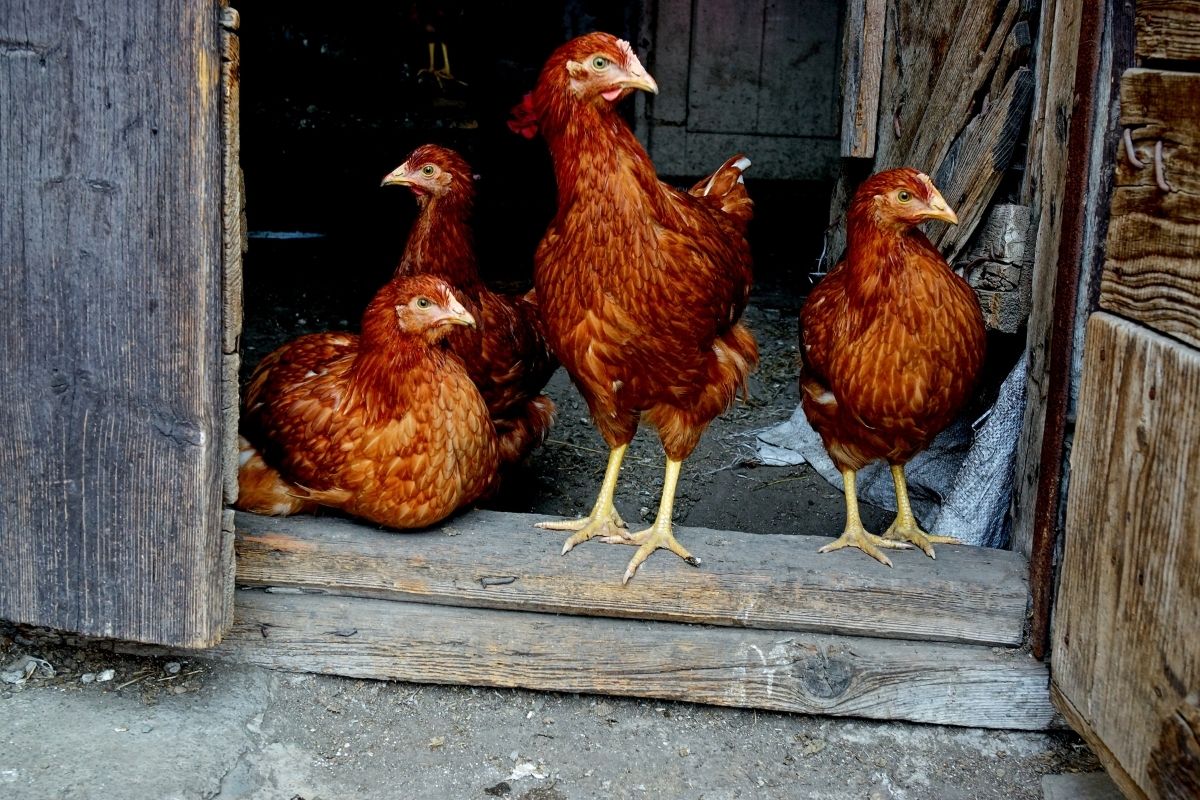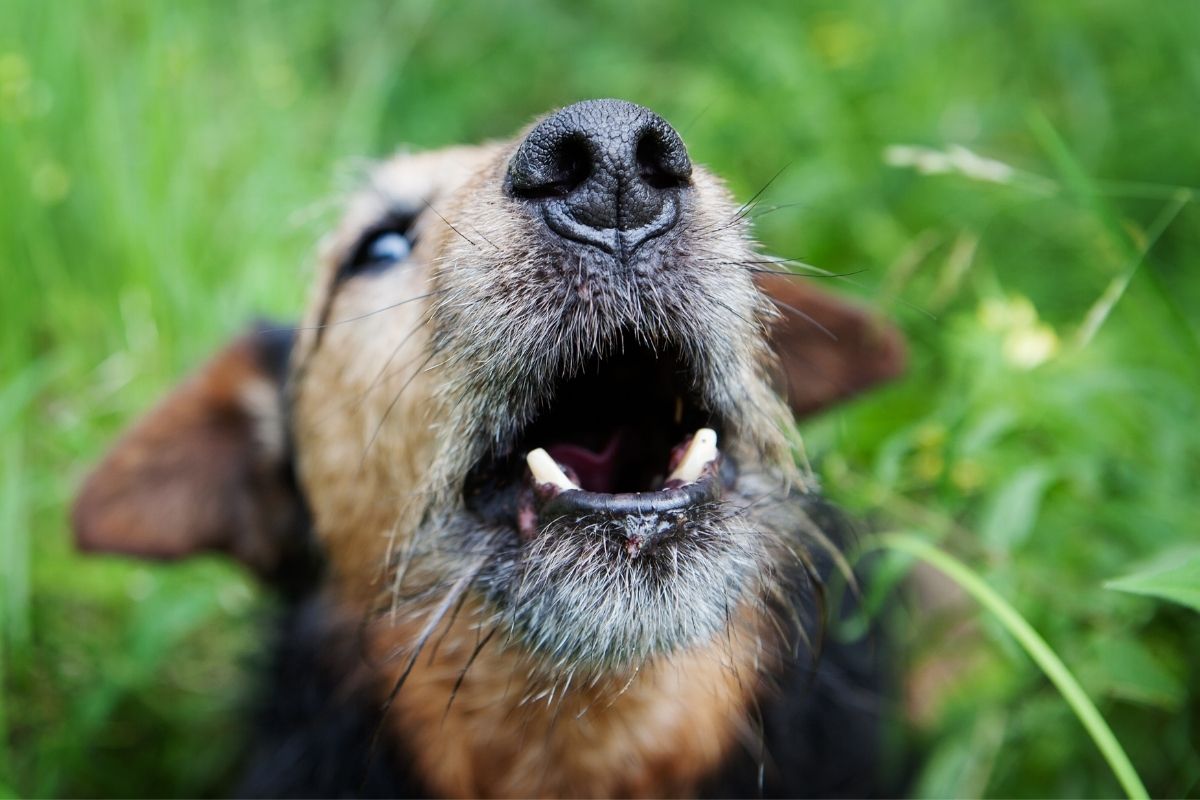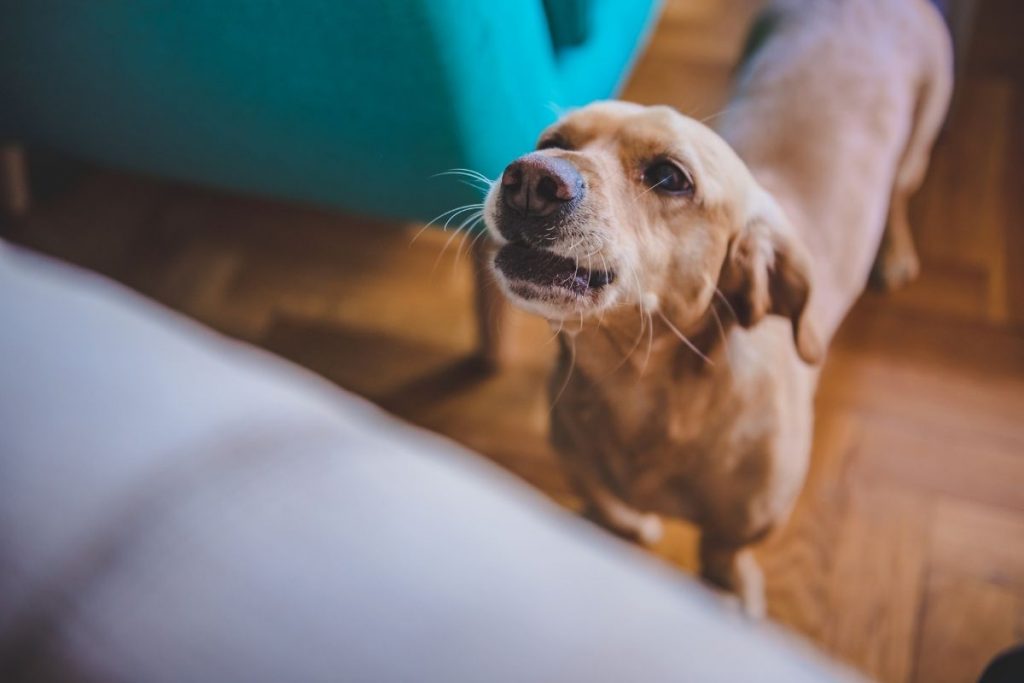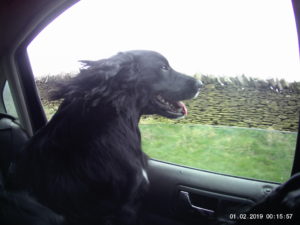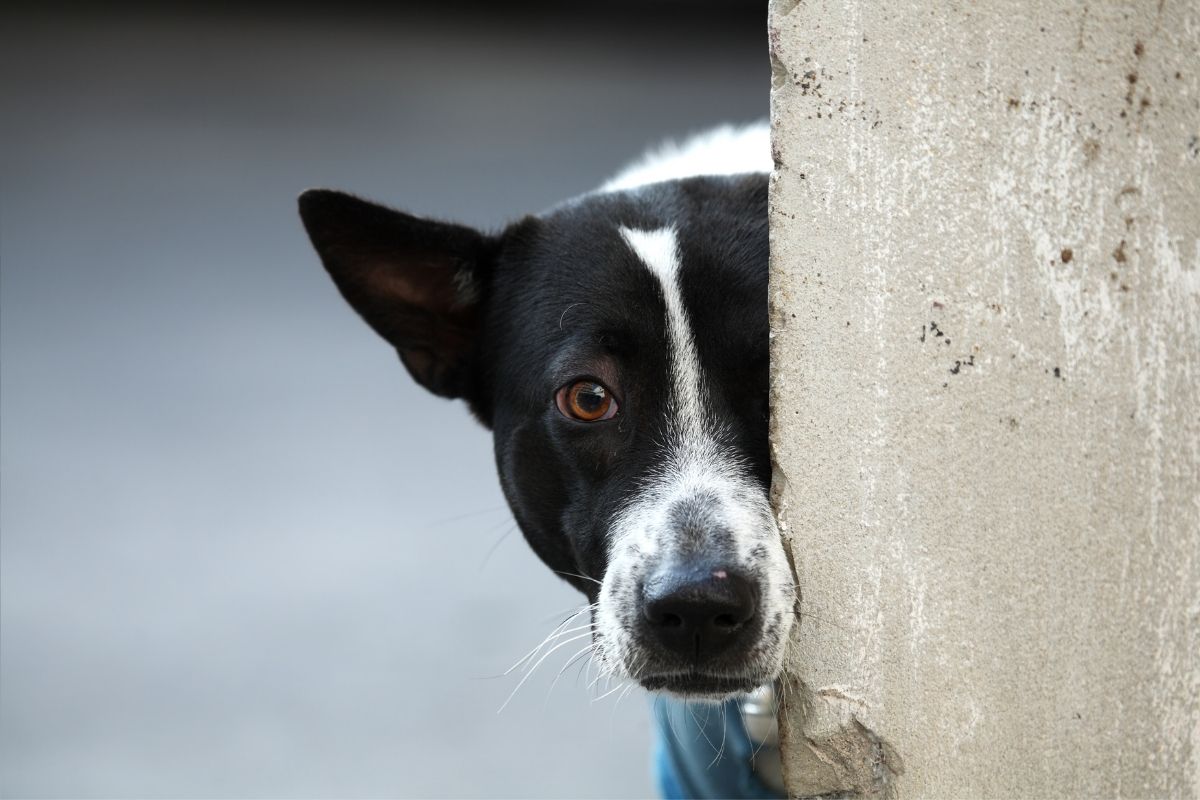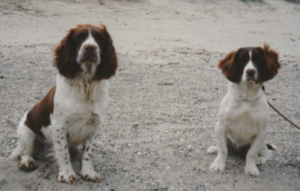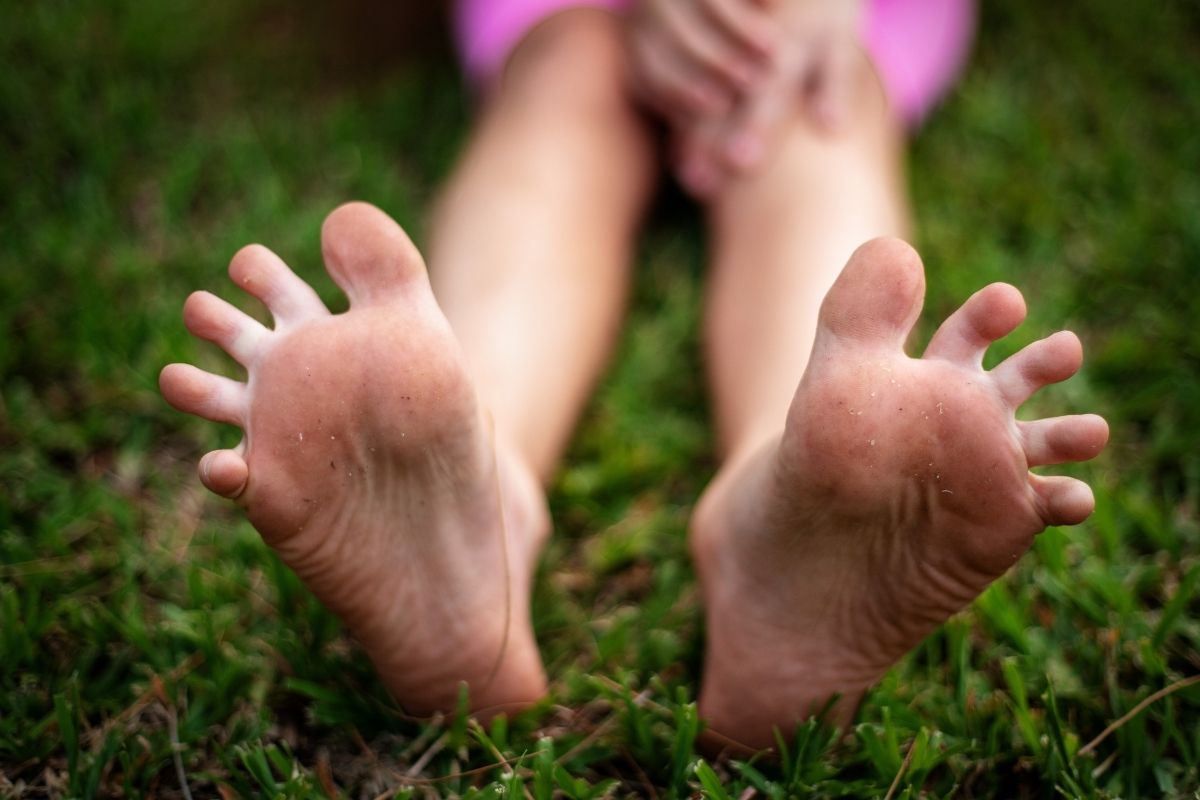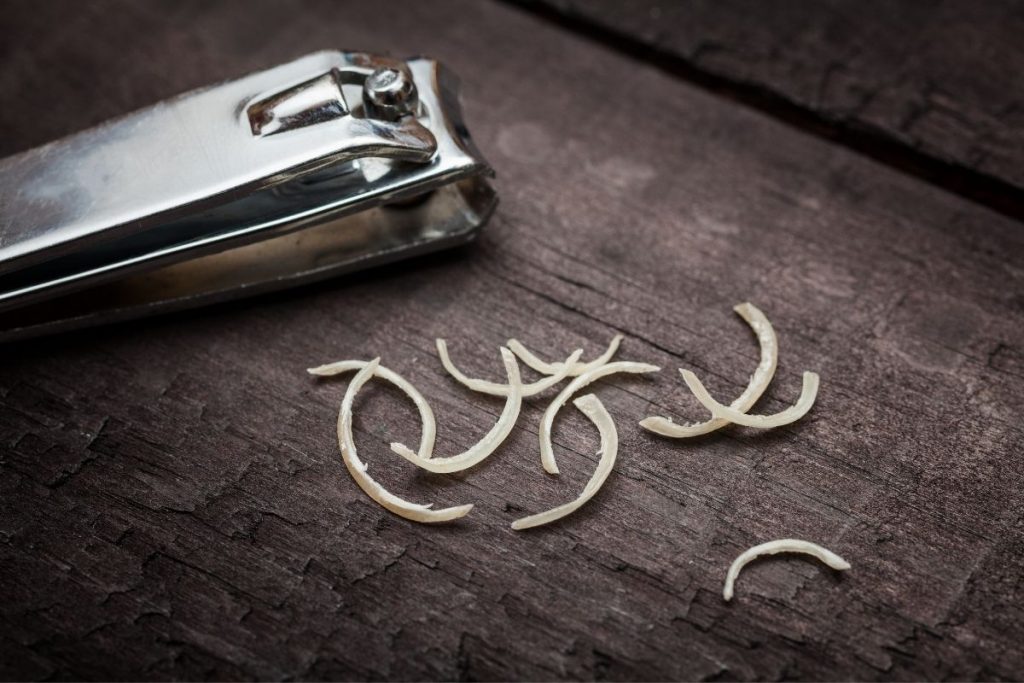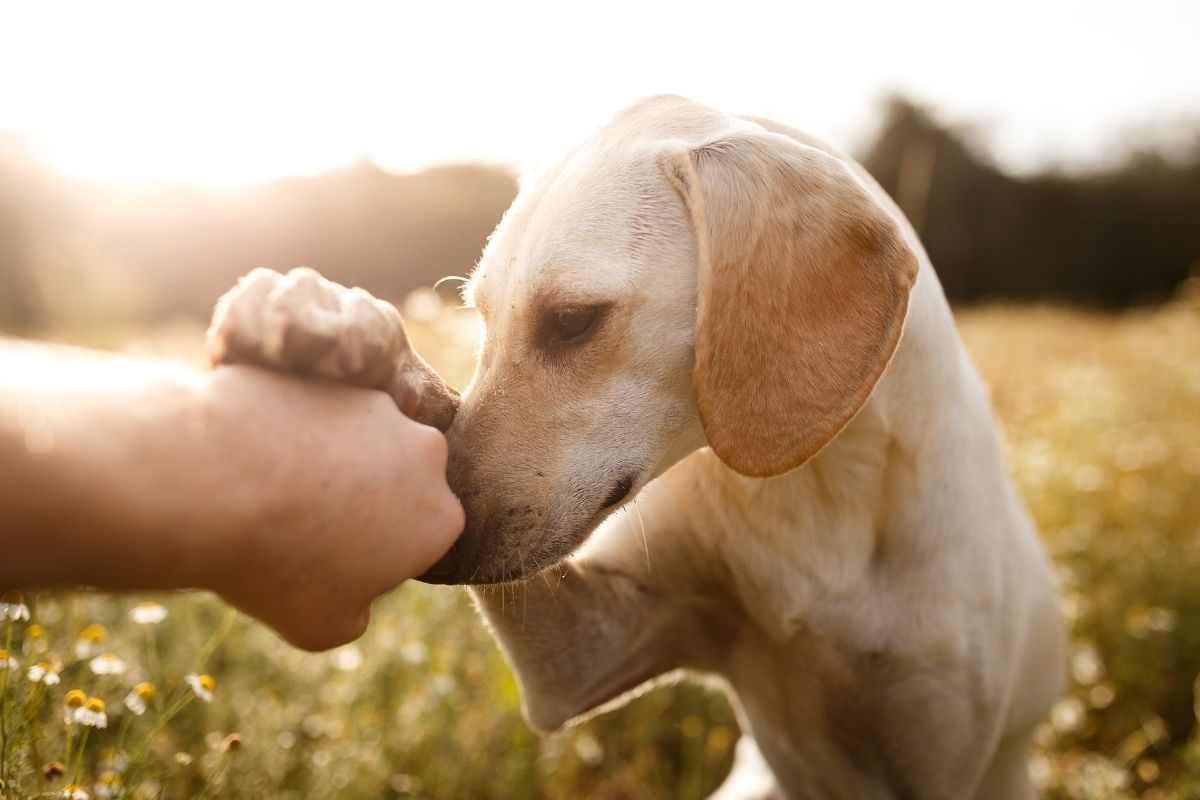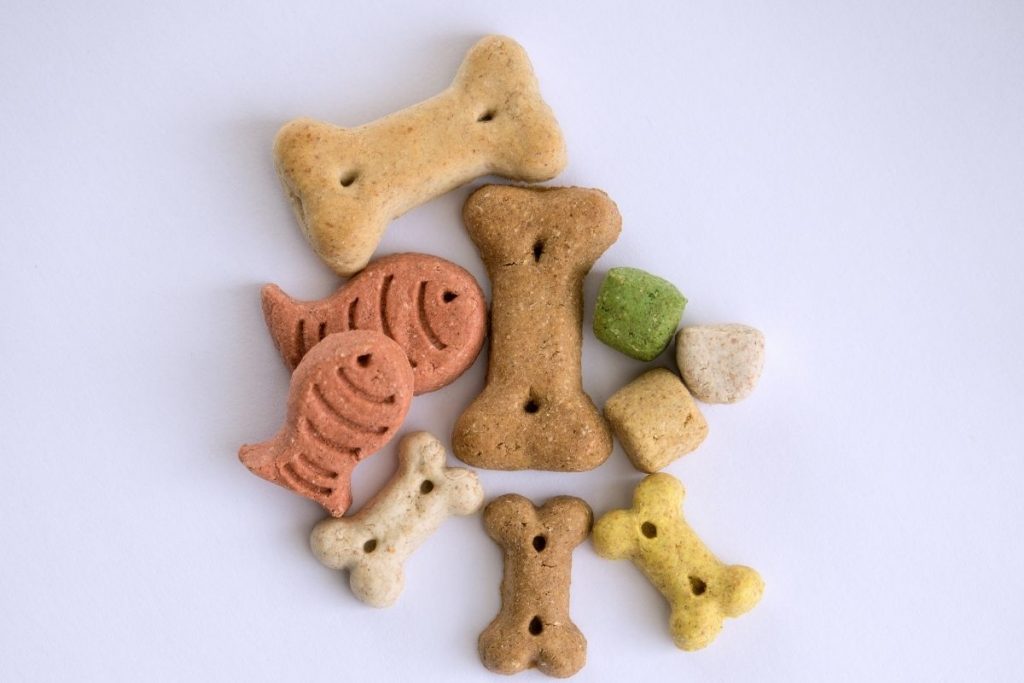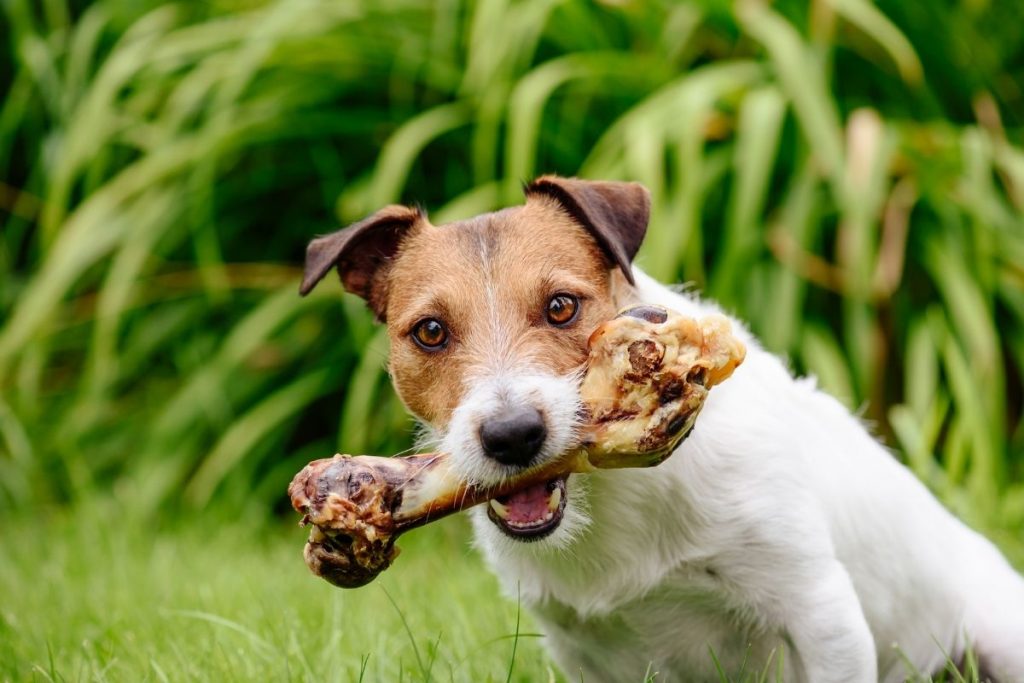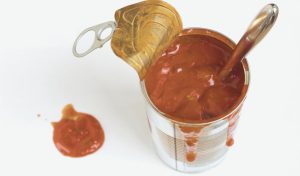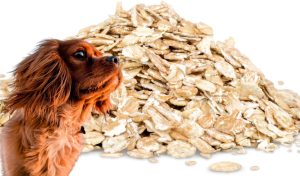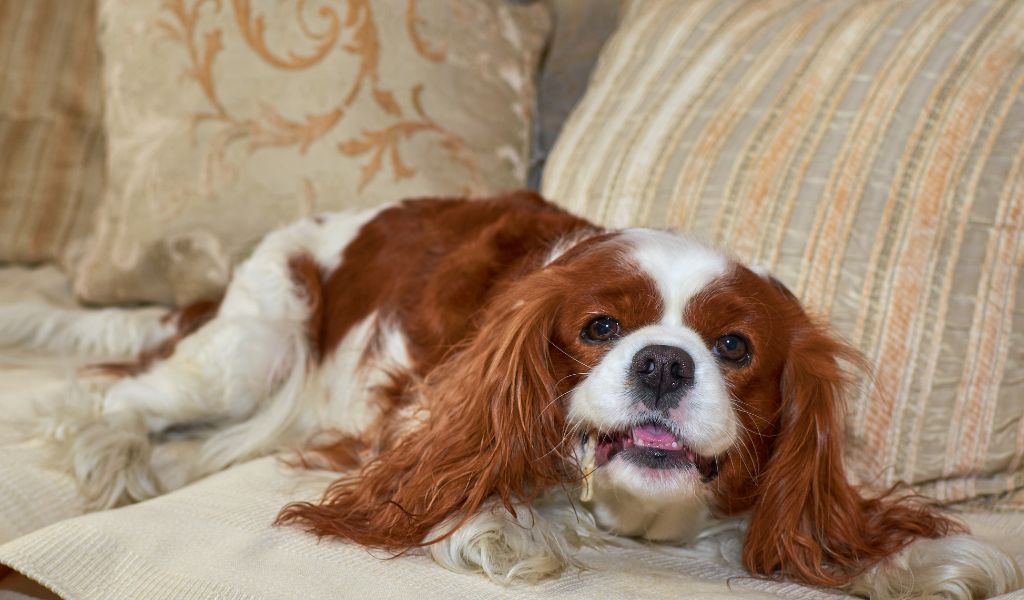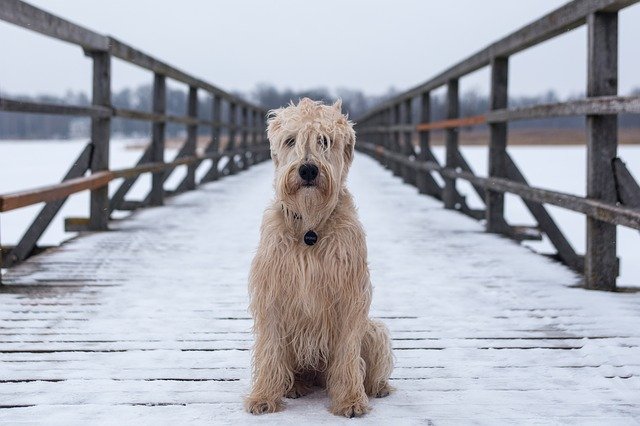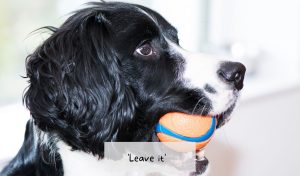Like most dog owners you probably give your dog the same food every day and at some point you might wonder if he gets fed up of having the same meal.
Most dogs enjoy their food and providing that they are being fed a well balanced and healthy diet they will come to no harm at all eating the same food. It’s preferable that they stay on the same food as, unlike humans, frequent changes to a dog’s diet can upset his stomach and create potential problems for him.
Feed a good quality dog food
Once you have found a food that your dog likes and fares well on you should use it.
If you do decide, for whatever reason, that you need to change your dog’s food then you should do it slowly and over a period of a few days.
This gives your dog the time to get used to the new food without throwing his digestive system into turmoil.
Why do dogs not get tired of the same food?
The smell of your dog’s food and texture is more important to him than the taste.
Dogs have fewer taste receptors than humans so changes flavours go relatively unnoticed by most dogs and they are not overly bothered by taste.
This is often why smelly, disgusting things seem to be loved by most dogs.
Can dogs stop liking their food?
It is possible that your dog will ‘go off’ his food from time to time.
Often this is as a result of issues such as anxiety, illness, behavioural problems rather that any issues with the food.
Most dogs will have periods of ‘fasting‘ which is perfectly normal and they may go two or even three days without eating much.
If your dog is ‘off his food’ then it is always best to get the qualified and professional advice of your vet to make sure that there are no underlying medical problems.
Popular dog food
[amazon bestseller=”dog food” items=”3″ template=”table”]
Dogs can lose interest in food as they get older
Just like humans, older dogs can become less interested in food and you may find that an older canine simply does not eat as much as he used to.
This is often due to lower levels of activity which will lead to less of a need for food.
Most dog food manufacturers produce food for senior dogs and a change to a lower protein food, produced specifically for an older dog, may be a good idea – again your vet is the best person to get advice from.
When should I worry about my dog not eating?
If your dog is weak, lethargic or has diarrhea or is vomiting then you should always get him examined by the vet.
Will a picky dog starve?
No. Dogs can be like children with food.
If you feed a child lots of sweets then he will gravitate towards ‘sweeties’ rather than his ‘proper’ meals.
It can be the same with a dog. If you give your dog treats, or feed him at the table, then he is less likely to eat his own food because he’ll be full or he’ll want more of yours.
If your dog isn’t eating his food ( and you are certain that he is fit and healthy ) then it becomes a battle of wits – just like children.
Don’t give him treats, don’t feed him anything else, and don’t do what lots of dog owners do which is taking pity and feeding cooked chicken and other things.
Just put his food down, give him ten minutes and then take it away again if he doesn’t eat.
He won’t starve and he’ll soon get the message and start eating his food quickly.
Final Words
Normally dogs don’t get fed up of eating the same thing.
There is nothing wrong with giving your dog the occasional treat or addition to his regular dog food, but longer term changes need to be made more gradually.
If your dog is off his food for more than two days then you should always speak to your vet to get their professional advice and to rule out any health or other medical reasons for his reluctance to eat.




